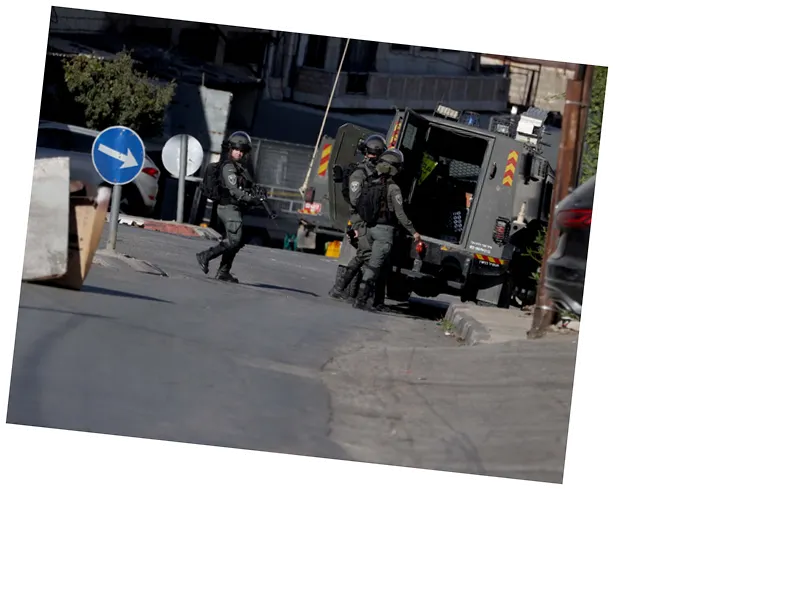Indian Security Forces Clash with Maoist Rebels
In a significant confrontation on Friday, Indian security forces killed at least 28 Maoist rebels during clashes in the mineral-rich state of Chhattisgarh. This incident marks another chapter in the long-standing conflict between the Indian government and Maoist insurgents, who have been active since the 1960s. The clashes occurred in the Abu Jahmad Forest, a remote area known for its sparse population. One member of the security forces was injured and later evacuated by helicopter.
The Maoist Insurgency: A Historical Overview
The Maoist insurgency, which began in 1967, claims to represent the interests of poor rural and tribal communities. The rebels argue that they are fighting against social injustice and economic inequality in India. Over the decades, the conflict has claimed tens of thousands of lives and has spread to 20 Indian states, particularly affecting regions rich in minerals. The Indian government, under Home Minister Amit Shah, has vowed to intensify efforts against the rebels, with expectations to eliminate the insurgency by early 2026.
Government Response and Future Outlook
The Indian authorities have deployed tens of thousands of security personnel to combat the Maoists, who are perceived to have the upper hand in the so-called 'red corridor'—a region encompassing central, southern, and eastern India. Despite the government's claims of progress, with active rebellion reportedly decreasing from 96 regions in 2010 to just 45 in 2023, the conflict remains deeply rooted in issues of land rights and economic disparity. The Maoists, inspired by the late Chinese leader Mao Zedong, continue to advocate for the rights of farmers and the underprivileged, complicating the path toward resolution.





